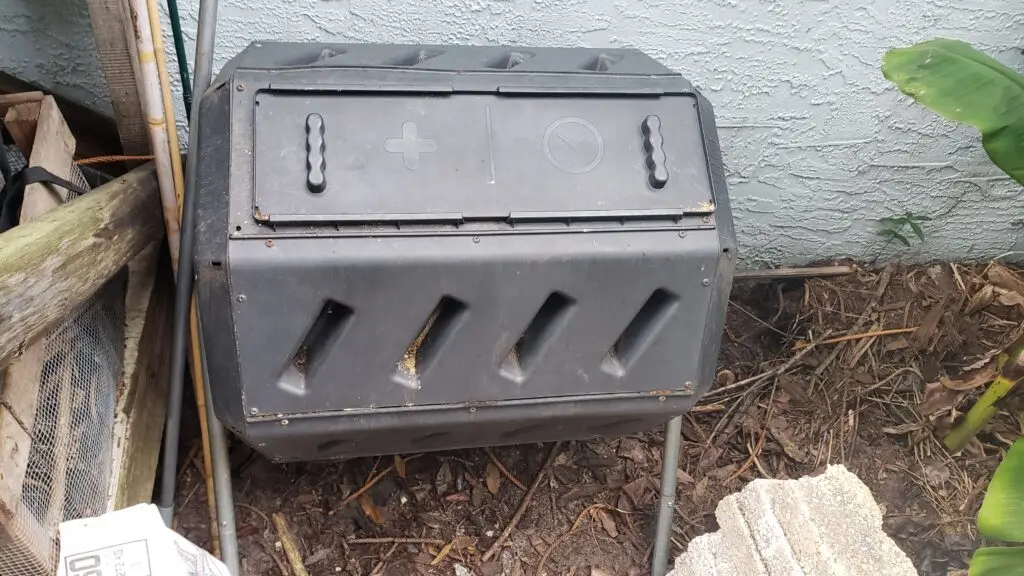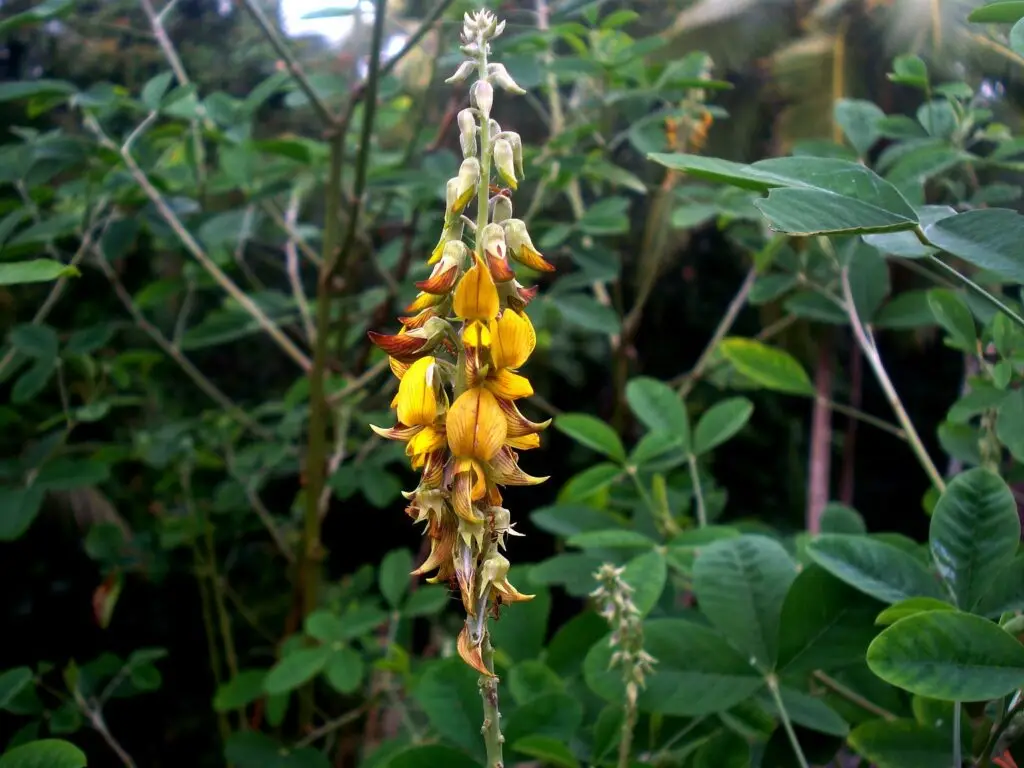Vegan gardening is a bit more complicated than just running to your local nursery or big box store and buying what you need for a raised bed or in-ground planting. Unfortunately, they don’t have ready-made gardening soil and amendments at your local garden centers that are vegan. So, what is a gardener to do if they want to forgo the animal products? Let’s first discuss what we mean by vegan or veganic gardening.

What is vegan gardening?
Well, for us it means we grow organically without the addition of any animal inputs in the form of manure, guano, bone meal, feather meal, fish fertilizers, blood meal, or any synthetic fertilizers.
We stay away from anything that comes from an animal. Period. We also try to do as little harm as possible to the other beings that live in this space. We do not spray pesticides or herbicides of any kind on our plants.
99% of all animal products in our country come from factory farming operations and we just can’t get down with that here at Peaceful Bird.
Now of course birds, squirrels, and other beings leave their droppings when they visit and we appreciate that.

Fertile soil in a vegan system
Compost
From my perspective, you need compost. I use homemade compost during annual planting season, when I am planting perennial fruit plants, and to top dress plants that I feel may be heavy feeders.
We compost our kitchen scraps of course, but we also compost all the cuttings and weeds that we collect throughout the year. Some of that goes into an actual compost bin, but the rest is composted around the garden and the individual plants.

We have wall to wall plants in our system, so we simply couldn’t support all of those plants on kitchen compost alone. I also make weed tea and use that as a liquid fertilizer.
Kitchen compost isn’t complicated as long as you keep your ratios of greens to browns in check. We have multiple chop and drop plants that we grow for green manure as it’s called.
Cover crops
You can plant cover crops or green manure crops that are suitable for your area. If you live in the south, you could grow a cover crop of sunn hemp or crotalaria juncea.
This plant not only fixes atmospheric nitrogen for other plants to use, but it also suppresses certain species of parasitic nematodes that feed on plant roots.
When we grow cover crops like this, we let the plants grow until they start to set seed and then we cover the plants with mulch. This is a no-till garden, so we just smoosh the plants down with the mulch. The plants die and become part of the soil without disturbing the microbes and other organisms that are creating fertility for us.

Sunn hemp is probably my favorite cover crop for our area because of how versatile and easy it is to grow.
Other cover crops that can be used as green manure are velvet bean (Mucuna deeringiana) another tropical legume. It’s very similar to sunn hemp but tends to grow in a bushier growth habit.

A third option would be cowpeas (Vigna unguiculata) which if you like black eyed peas, could be a nitrogen fixing and edible green manure crop that is resistant to soil parasites.
Those are good ways that you can improve your soil fertility. You can do this in a raised bed as well. Plant cover crops during non-planting seasons like summer.
Container Gardening
Ok Dani, what about container gardening. I mentioned raised beds, which for me is just a giant container. But this includes all plants in containers, including houseplants.
I have struggled to find ready-made soil at local nurseries that do not contain animal products of some sort. You may be able to find something online, but shipping and packaging could be prohibitive due to cost.
I’ve learned to make my own soil and soilless growing medium. I have made soilless medium for my houseplants to grow in and they seem to love it. Whenever I start seeds in pots, I make my own seed starting mix. For containers I usually use a mix of coconut coir, coarse sand, compost, and spent rice hulls.
I personally don’t use things like perlite, vermiculite, or peat moss because those are minerals that are mined from the earth, and we simply try to use things that are the least impactful overall.

We don’t have the large, rectangular raised beds. We have 4 recycled old planter pots that were donated, or I found on the side of the road. The nice thing about these is that I can move them around if I need to.
For raised beds we used a mixture of our native soil with compost and rice hulls. Rice hulls help with drainage because they create voids, but they also help with moisture retention because they absorb water without making it claggy.
I also grow cover crops in our raised beds and chop and drop during the summer as well as apply compost tea when available.
So, having vegan raised beds isn’t difficult, it just takes some planning and the right ingredients.
Vegan soil amendments
There are individual soil amendments that you can add that do not contain animal products like alfalfa meal.
I would try to obtain organic amendments whenever possible. Alfalfa meal acts like a low and slow-release plant food that conditions the soil. Alfalfa meal has an NPK ratio of about 2.5-0.5-2.5 and it is great for a wide range of plants. This can be added to the soil in granular form, or you can make tea with it and use it in liquid form.
We try to avoid all pesticides in our garden, but we have parasitic nematodes that pervade our soil. Neem cake mixed into the soil can inhibit the growth cycle of certain species of parasitic root nematodes as well as provide soil conditioning and low and slow release of nutrients to your plants. You can also create a soil drench with neem cake. The NPK is hard to pin down, but 2-.5-2 is about the average that I have found. This can vary across brands. It also reduces soil alkalinity over time.
Kelp meal is another soil amendment that you use to reduce plant stress when planting and acts as plant food. Be sure and look for brands that use sustainable growing and harvesting practices.
Cotton seed meal can lower soil pH if that is a need and provides an NPK of 6-2-1 as well as minor plant elements. It also aerates dense soil and allows for greater water retention in sandy soils, which we have here in Florida.

